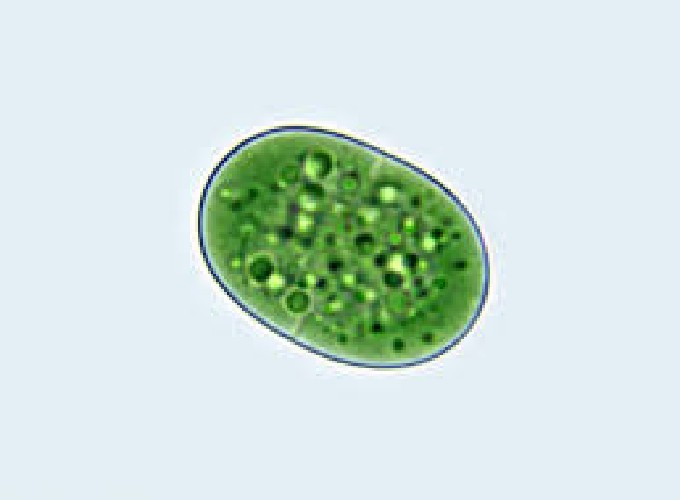IDENTIFICATION OF CELL SURFACE SUGARS IN N2-FIXING CYANOBACTERIUM CYANOTHECE ATCC 51142 USING FLUORESCEIN LABELED LECTINS
 Image credit: Landcareresearch
Image credit: Landcareresearch
IDENTIFICATION OF CELL SURFACE SUGARS IN N2-FIXING CYANOBACTERIUM CYANOTHECE ATCC 51142 USING FLUORESCEIN LABELED LECTINS
Abstract
Some cyanobacteria carry out both O2-producing photosynthesis and O2-sensitive nitrogen fixation, making them unique contributrors to global carbon and nitrogen cycles and potential contributors industrial and agricultural processes either spatially, in filamentous N2-fixing cyanobacteria such as Anabaena spp. become heterocysts that are present singly at semiregular intervals along the filaments. Heterocysts are morphologically and biochemically specialized for N2-fixation. By sequestering nitrogenase within heterocysts, Anabaena spp. can carry out, simultaneously, oxygenic photosynthesis and the O2-labile assimilation of N2. Heterocysts have three mechanisms to protect nitrogenase. They form an additional two-layers of cell wall with a layer of glycolipids and an outer protective layer of specific polysaccharides to block the environmental O2, stop O2 production by shutting down PSII, and increase respiration to consume O2. Unlike filamentous cyanobacteria, Cyanothece ATCC 51142 (hereafter cyanothece), a unicellular cyanobacterium, rhythmically separates photosynthes and nitrogen fixation. However, cyanothece still has to deal with encironmental oxygen. Little is known about how cyanothece protects nitrogenase from inactivation by environmental O2. In this study, cyanothece cells were grown in nitrogen fixing and non-nitrogen fixing conditions and screened with fluorescein conjugated lectins, allowing a comparative fluorescent microscopy study of polysaccharides containing N-acetylgalactosamine and N-acetylglucosamine, but a relative lack of polysaccaride diversity. These findings suggest that the two cell types (N2-fixing and non-N2-fixing) have different cell wall poolysaccharides, which warrants further investigation regarding the cell wall’s role in nitrogen fixation.
More detail can easily be written here using Markdown and $\rm \LaTeX$ math code.
